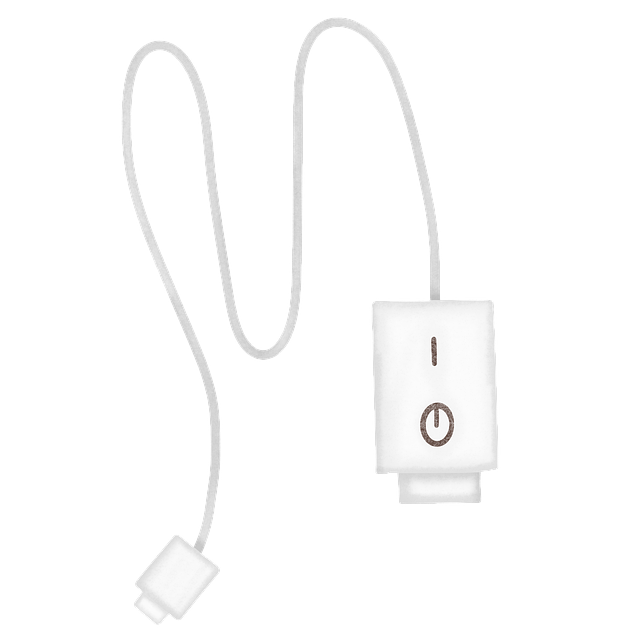Electrical systems require professional management for safety due to risks like faulty wiring, overloaded circuits, and outdated installations. Regular inspections, maintenance, and simple precautions by qualified electricians reduce hazards, prevent fires, shocks, and electrocution. Skilled professionals identify dangers early, ensure compliance with regulations, use safe practices, and educate clients on preventive care for long-term system integrity and peace of mind. In emergencies, immediately cut power, evacuate, and call a licensed electrician.
Educating clients on safe electrical practices is paramount to preventing hazards and ensuring long-term safety. This comprehensive guide delves into crucial aspects of electrical system management, including understanding common hazards, the significance of regular maintenance, and best practices for installation and upgrades. Additionally, it covers handling emergencies and basic troubleshooting tips. Familiarizing yourself with these topics empowers you to make informed decisions and rely on professionals like electricians to maintain a secure living environment.
- Understanding Common Electrical Hazards and Prevention Measures
- Importance of Regular Maintenance and Inspections for Safety
- Best Practices for Safe Installation and Upgrades
- Handling Electrical Emergencies and Basic Troubleshooting Tips
- The Role of a Professional Electrician in Ensuring Long-Term Safety
Understanding Common Electrical Hazards and Prevention Measures

Electrical systems are integral to our daily lives, but they also pose potential hazards if not handled with care. Common electrical hazards include faulty wiring, overloaded circuits, and outdated installations, which can lead to fires, shocks, or even electrocution. A qualified electrician is crucial in identifying these risks and implementing prevention measures. Regular inspections and up-to-date maintenance are essential to ensure the safety of your home or business.
Simple preventive actions like using covered outlets, regularly replacing damaged cables, and unplugging devices when not in use can go a long way in mitigating electrical hazards. Understanding the location of circuit breakers and knowledge of basic troubleshooting can also help in responding swiftly to potential issues. By taking these proactive steps, you reduce the risk of accidents and create a safer environment, ensuring peace of mind for both homeowners and business owners alike.
Importance of Regular Maintenance and Inspections for Safety

Regular maintenance and inspections are vital practices that every homeowner should prioritize, especially when it comes to electrical systems. An electrician plays a crucial role in ensuring the safety and functionality of these systems by conducting thorough check-ups. These routine visits can detect potential hazards such as faulty wiring, loose connections, or outdated components before they cause serious issues. By identifying problems early on, electricians can perform necessary repairs or upgrades, reducing the risk of electrical fires, shocks, or other dangerous situations.
Preventive maintenance is an effective way to extend the lifespan of electrical installations and protect those living or working within the premises. During inspections, professionals check for signs of wear and tear, verify proper grounding, and ensure that all appliances and fixtures comply with safety standards. Regular care not only safeguards individuals but also helps to maintain the integrity of the electrical system, ensuring efficient power distribution and minimizing the chances of costly breakdowns.
Best Practices for Safe Installation and Upgrades

When it comes to electrical systems, safe installation and upgrades are paramount. It’s crucial to engage the services of a qualified electrician who understands local regulations and safety standards. They should employ best practices like using insulated tools, wearing protective gear, and ensuring proper grounding to mitigate risks. A skilled electrician also verifies that all components are compatible and up to date, reducing potential hazards associated with outdated wiring or faulty parts.
Additionally, regular maintenance checks by a professional electrician can help identify potential issues before they escalate. This includes inspecting for signs of wear, damage, or overheating, as well as verifying the integrity of circuit breakers and fuses. Following these safe practices not only ensures the functionality of your electrical systems but also safeguards against accidents and fires.
Handling Electrical Emergencies and Basic Troubleshooting Tips

In the event of an electrical emergency, it’s crucial to stay calm and remember that quick action can prevent potential hazards. If you witness a fire, smoke, or hear unusual noises from your electrical system, immediately cut off the power at the main circuit breaker or switch off the relevant circuit. Evacuate the area and call a qualified electrician for assistance. Basic troubleshooting tips include checking for loose connections by inspecting cables and outlets regularly. Replace any frayed or damaged wires promptly to avoid short circuits. Familiarize yourself with the location of your circuit breakers and know how to reset them in case of minor power surges or temporary glitches.
Additionally, ensure proper grounding of all electrical installations to prevent electric shocks. Regularly test smoke alarms and carbon monoxide detectors to guarantee their functionality. Should a device not operate as expected, check for power sources, secure connections, and rule out any apparent damage before seeking professional help from a qualified electrician. Remember, only licensed professionals should handle complex issues to ensure safety and prevent further complications.
The Role of a Professional Electrician in Ensuring Long-Term Safety

A professional electrician plays a pivotal role in ensuring long-term safety within homes and businesses. Their expertise extends beyond basic installations; they are trained to identify potential hazards and implement preventive measures. Regular inspections, up-to-date knowledge of electrical codes, and skilled hands when tackling repairs or upgrades, all contribute to maintaining a safe environment.
An electrician’s work goes beyond initial installation. They educate clients on safe practices, from simple do’s and don’ts to complex system monitoring. By empowering individuals with this knowledge, they foster a culture of safety, reducing the risk of electrical accidents and promoting the longevity of installations.
By understanding common electrical hazards, implementing regular maintenance routines, adopting best practices for installation and upgrades, and knowing how to handle emergencies, you significantly enhance your safety around electricity. Remember, a qualified electrician plays a pivotal role in ensuring long-term safety and addressing any complex issues. Always prioritize electrical safety to protect yourself and your loved ones from potential risks. When in doubt, consult a professional electrician for expert guidance.
